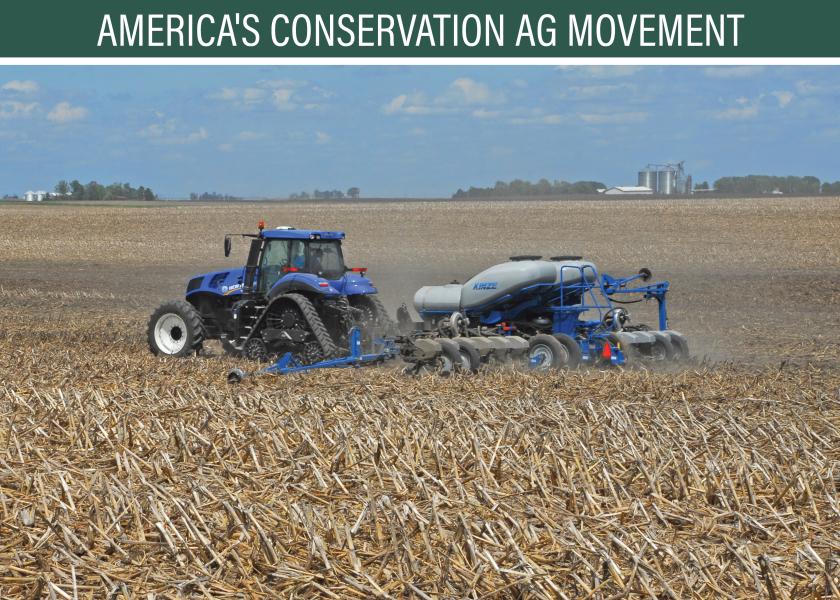How Soil Health Changes The Conversation

With its Soil Quality Trend insight, Truterra has developed a numerical system that helps remove some of the confusion and complexity of measuring soil health.
Dr. Jennifer Wells, Senior Agronomist and Account Manager at Truterra says the interest in stewarding resources, improving soil health, and adopting practices that could be beneficial for carbon market programs is on the rise.
“Talking about soil health is a different conversation than growers are used to having with retailers. In the past it’s been about yield, agronomics and economics. But with soil health, it’s a conversation about investing in a concept and acknowledging there are difficulties in measuring its success,” she says.
The Soil Quality Trend Insight has been helping in running hypothetical scenarios so farmers can evaluate the actions and outcomes for individual fields.
“We have the metrics so we can look at a farmer’s field, look at this insight and see if we are depleting soil carbon as one example and what we can do to turn the ship around to make sure we’re increasing soil health,” she says.
As one example she shares using the map of erosion risk to assess where the highest risk of erosion is in a field. The simulation can illustrate by dump truck loads how much top soil is saved from being lost. Then the Truterra partner can walk through the next steps to mitigate the risk and also see what NRCS program could be available to help offset any costs.
Soil health also encompasses fertilizer efficacy. With the map showing nitrogen use efficiency, the farmer can see what parts of the field use nitrogen very well, and where it’s not being as efficient.
“There’s real science around soil health, and this is a way retailers can have meaningful impact without directly selling anything,” she says. “It’s important to have technology tools that not only help inform farmers of these opportunities to improve soil health but also assess how they are working.”
Wells says now is a great time for retailers and farmers to engage in these conversations because of the factors converging.
“With higher commodity prices, there’s a little more breathing room to make improvements farmers are looking to make. You may not see payback in year one, but with an more intense focus on climate and carbon, growers are at a good time to recoup costs,” Wells says.
She highlights that a proactive focus on soil health is distinctly different than enrolling in a carbon market program, but many of the considerations and practices overlap.
“Farmers need to start farming in bushels and farming in carbon. Carbon will be a crop and a commodity just as important as grain. By increasing carbon in the soil, it will increase soil health and it will put you in a great place for carbon markets,” she says.
She continues, “By looking now at soil health and implementing things such as reduced tillage, no till, and cover crops, it puts you in a good position for the carbon markets in 2022. Carbon is not going away. Growers are in a great place to recoup the cost of improving their soil.”







